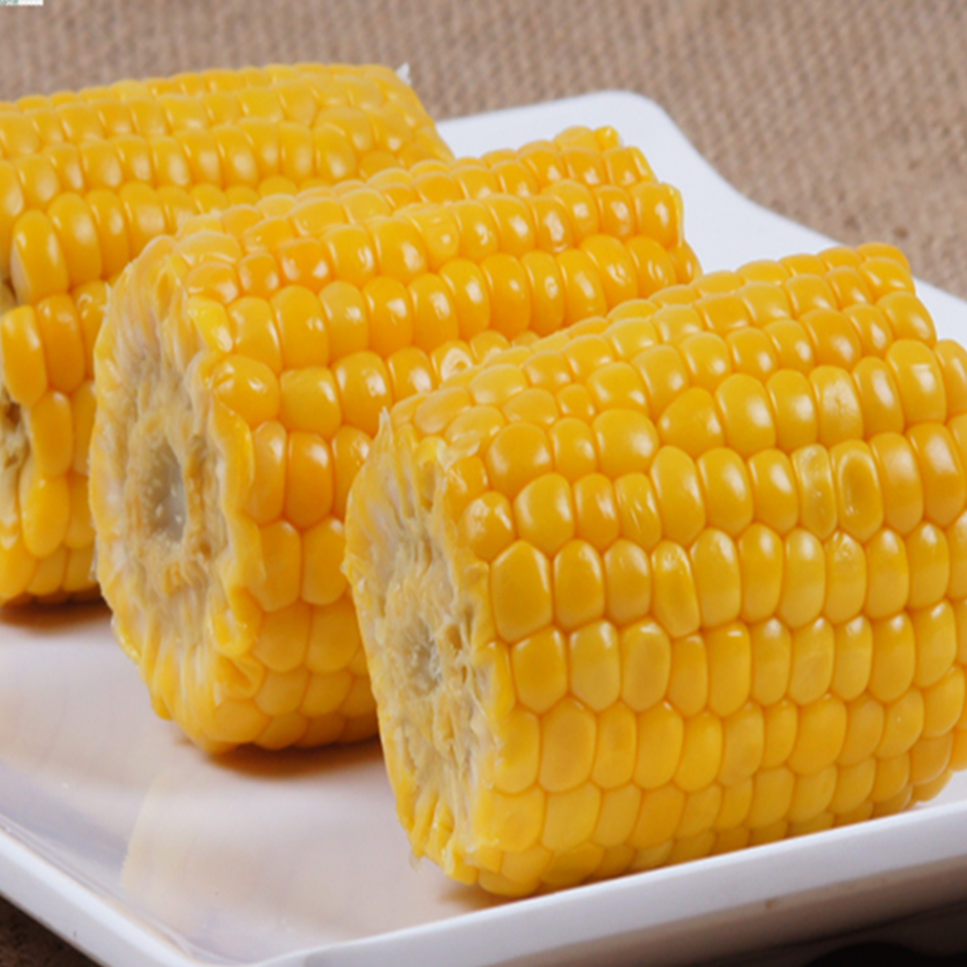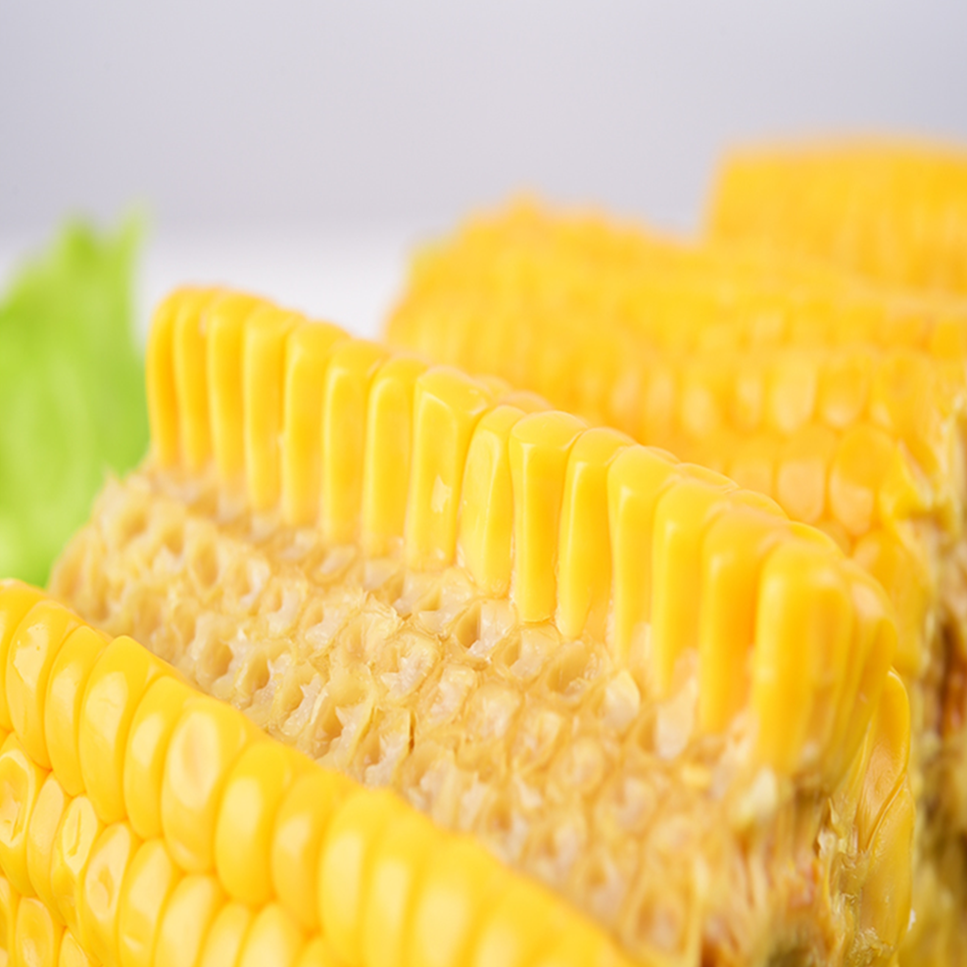Release date: 2014-05-07
According to a report by CNN on the 1st, the 21st century is witnessing the rapid development of 3D printing technology. This emerging technology has many famous applications in the fields of construction, manufacturing and engineering. Now the technology has been More and more applied to the medical field. The combination of 3D scanning technology combined with organic inkjet printing inks and thermoplastics has enabled "biological printing" of certain parts of the body to meet a wide range of medical needs.
According to British company Fripp, the dream of printing 150 fake eyes in an hour has become a reality. This large-scale production technology not only accelerates the production speed of the fake eye, but also greatly reduces the production cost. Each eye printed has a slight difference in hue, which is to produce a better aesthetic effect. The goal of this project is to provide patients in developing countries with affordable eyewear.
Fripp also collaborates with the University of Sheffield in the UK to produce facial prostheses such as the ears and nose. After a 3D facial scan of the patient, the prosthesis is printed with pigment, starch, and silicone to replicate the facial structure that closely matches the patient's original nose or ear. The real benefit of this project is that when you start wearing a facial prosthesis, you can order it again with only a small portion of the technology.
Ears made from live cells in a 3D mold. A research team at Cornell University in the United States is working on a different project: printing a 3D mold of a patient's ear using an ink gel containing living cells. The printed product is injected into the collagen of bovine chondrocytes and mice and grown to a finished product after 3 months. The researchers said that humans may start transplanting the prosthesis within three years.
Plastic skull. According to doctors from the Utrecht University Medical Center in the Netherlands, they successfully produced a plastic skull in 3D for the first time, completely replacing a patient's original skull surgery. This patient has a skull thickness of 5 cm due to chronic bone disease, leading to blindness. Three months after the surgery to replace the skull, the patient not only regained the light, but also returned to work.
James You, of the Wake Forest Medical College in the United States, is working on a printer that prints skin directly on the wounds of burn patients. "Ink" consists of enzymes and collagen, which are layered with tissue cells and skin cells to form a transplanted skin. The research team intends to develop a portable printer that can be used directly to print skin on a patient's wound in remote areas and theaters.
Thermoplastics are the leader of artificial hands, arms, and even finger breeding. Richard Van As is one of the producers of these affordable hand and finger prostheses. His company Robohand is headquartered in South Africa. The research team combines thermoplastic polylactide printing with aluminum and stainless steel fingers to create a functional robot .
Source: Sina Technology
Corn, also known as wheat, maize, grain, it is one of the world's three major food crops, planting area and yield after rice and wheat, ranked third.More because of good mouth, high heat, large yield, and is widely used in a variety of livestock feed, thus known as the "King of Feed", in addition, corn is also the three food crops most suitable for industrial raw material crops, its processing of industrial products as high as more than 3000 kinds.



If you have any questions, please leave a comment on this website or contact us using email.
Steam Sweet Corn Cut,Sweet Maize Cut,Fresh Sweet Corn Cut,Baked Sweet Corn Cut
Jilin Province Argricultural Sister-in-law Food Co., Ltd. , https://www.nongsaocorn.com